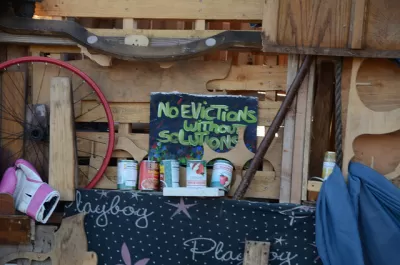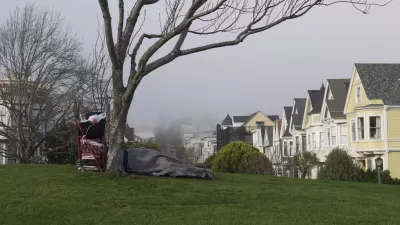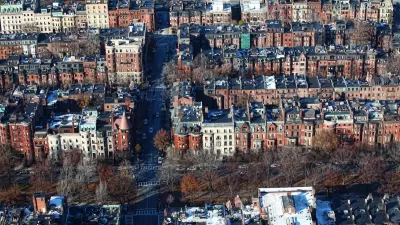New research reveals details of when and where rising rents trigger homelessness.

Chris Glynn and Alexander Casey share news of new analysis from Zillow Research that identifies overlap in communities where residents pay more than a third of their income from rent and growing homelessness.
Communities where people spend more than 32 percent of their income on rent can expect a more rapid increase in homelessness, according to new Zillow-sponsored research on the size and root causes of the nation’s homelessness challenge.
While this isn't the first time rising rents have been tied to homelessness, this new research "demonstrates that the homeless population climbs faster when rent affordability – the share of income people spend on rent – crosses certain thresholds."
"In many areas beyond those thresholds, even modest rent increases can push thousands more Americans into homelessness," according to Glynn and Casey.
Here are the specifics on those findings:
The new research found two rent affordability thresholds that directly affect homelessness. The first threshold is 22 percent: Any uptick in a community’s rent affordability beyond 22 percent translates into more people experiencing homelessness. The second threshold is 32 percent: Any increase in rent affordability beyond 32 percent leads to a faster-rising rate of homelessness – which could mean a homelessness crisis, unless there are mitigating factors within a community.
The article includes a lot more detail on the analysis and those findings, adding as well some geographic specificity about where these challenges are most acute. The article concludes with some preliminary sketches on policy recommendations.
FULL STORY: Homelessness Rises More Quickly Where Rent Exceeds a Third of Income

Planetizen Federal Action Tracker
A weekly monitor of how Trump’s orders and actions are impacting planners and planning in America.

Map: Where Senate Republicans Want to Sell Your Public Lands
For public land advocates, the Senate Republicans’ proposal to sell millions of acres of public land in the West is “the biggest fight of their careers.”

Restaurant Patios Were a Pandemic Win — Why Were They so Hard to Keep?
Social distancing requirements and changes in travel patterns prompted cities to pilot new uses for street and sidewalk space. Then it got complicated.

Platform Pilsner: Vancouver Transit Agency Releases... a Beer?
TransLink will receive a portion of every sale of the four-pack.

Toronto Weighs Cheaper Transit, Parking Hikes for Major Events
Special event rates would take effect during large festivals, sports games and concerts to ‘discourage driving, manage congestion and free up space for transit.”

Berlin to Consider Car-Free Zone Larger Than Manhattan
The area bound by the 22-mile Ringbahn would still allow 12 uses of a private automobile per year per person, and several other exemptions.
Urban Design for Planners 1: Software Tools
This six-course series explores essential urban design concepts using open source software and equips planners with the tools they need to participate fully in the urban design process.
Planning for Universal Design
Learn the tools for implementing Universal Design in planning regulations.
Heyer Gruel & Associates PA
JM Goldson LLC
Custer County Colorado
City of Camden Redevelopment Agency
City of Astoria
Transportation Research & Education Center (TREC) at Portland State University
Camden Redevelopment Agency
City of Claremont
Municipality of Princeton (NJ)





























